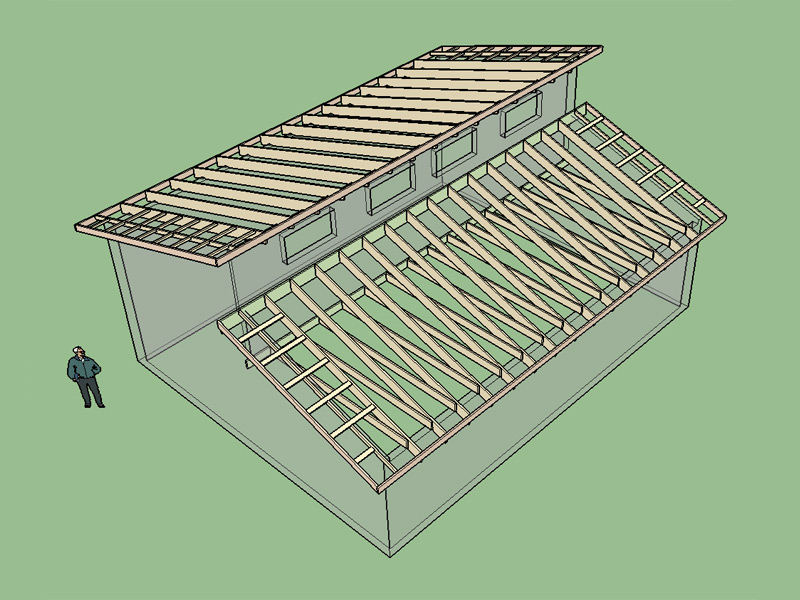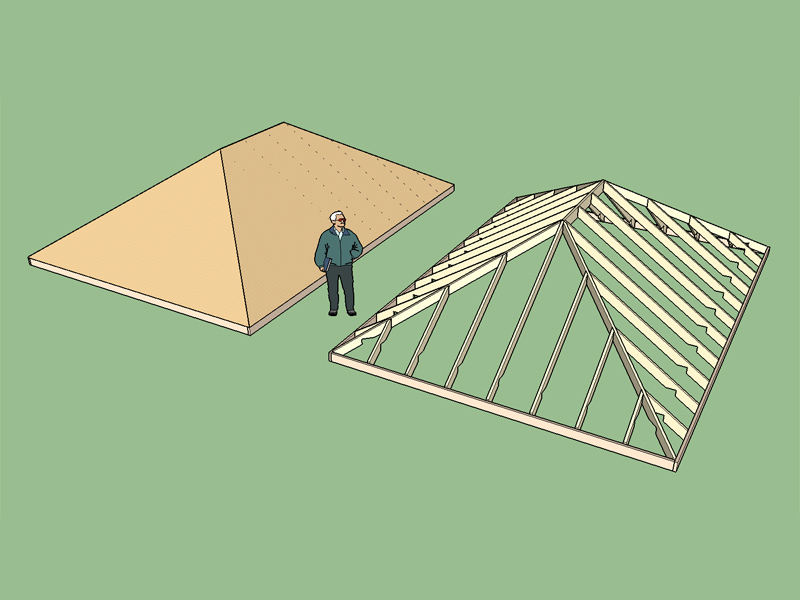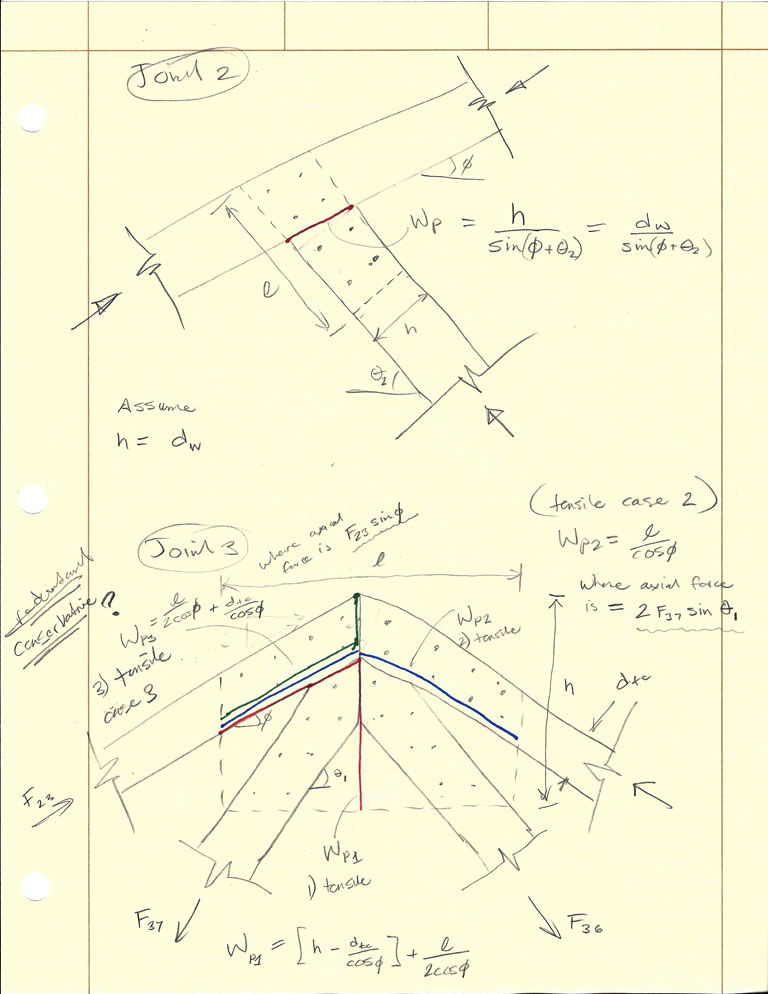Version 1.3.0 - 02.14.2016
- Added tail bearing truss type, configurations: (Fink).
- Metric input enabled for tail bearing truss type.
- Advanced options enabled for tail bearing truss type.

View model here:
https://3dwarehouse.sketchup.com/model.html?id=u704b9d92-bd38-4895-b71b-19691f31cca7
I have shown 3 configurations of the same roof to display the differences with non-structural vs. structural outlookers (horz. & vert.). I am not exactly sure how to treat the gable end truss for this truss type since I have never dealt with this type of truss before. Any sample outputs showing the gable end truss with a dropped top chord for a tail bearing truss would be very helpful.
- Added tail bearing truss type, configurations: (Fink).
- Metric input enabled for tail bearing truss type.
- Advanced options enabled for tail bearing truss type.

View model here:
https://3dwarehouse.sketchup.com/model.html?id=u704b9d92-bd38-4895-b71b-19691f31cca7
I have shown 3 configurations of the same roof to display the differences with non-structural vs. structural outlookers (horz. & vert.). I am not exactly sure how to treat the gable end truss for this truss type since I have never dealt with this type of truss before. Any sample outputs showing the gable end truss with a dropped top chord for a tail bearing truss would be very helpful.















